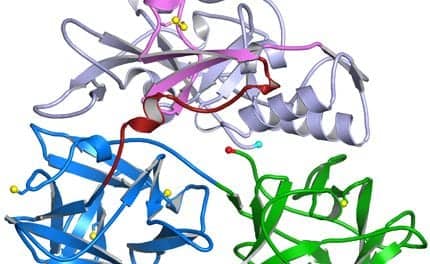Living in a neighborhood with better access to resources—such as high-quality housing, healthy food, parks and playgrounds, and clean air—during the early stages of childhood was associated with lower asthma incidence in a new study from the National Institutes of Health’s Environmental influences on Child Health Outcomes (ECHO) program.
The study is published in JAMA Pediatrics.
Children born in high-opportunity neighborhoods had an asthma incidence rate of 23.3 cases per 1,000 children, while those born in very low and low-opportunity neighborhoods had rates of 35.3 per 1,000 and 27 per 1,000, respectively.
“Understanding neighborhood conditions could help researchers identify vulnerable children who are at high risk for developing asthma,” says study author Izzuddin Aris, PhD, of Harvard Medical School, in a release. “This information can also inform efforts by policymakers, researchers, and community groups to improve children’s health and foster equity across neighborhoods.”
Researchers in this study measured neighborhood conditions using the Child Opportunity Index, which links residential addresses at birth, infancy (age 0.5‒1.5 years), and early childhood (age 2.0‒4.8 years) to census-tract data about the opportunities and resources available in the surrounding neighborhood. The Child Opportunity Index, which measures neighborhood resources and conditions deemed essential for healthy child development, showed significant associations with childhood asthma incidence.
This study used data from 10,516 children at 46 research sites participating in ECHO, each having at least one residential address from birth and a parent or caregiver report of a physician’s diagnosis of asthma. These differences in the incidence of asthma persisted even after controlling for sociodemographic characteristics, parental asthma history, and the number of births a mother had.
Photo 14440407 © Alita Xander | Dreamstime.com










